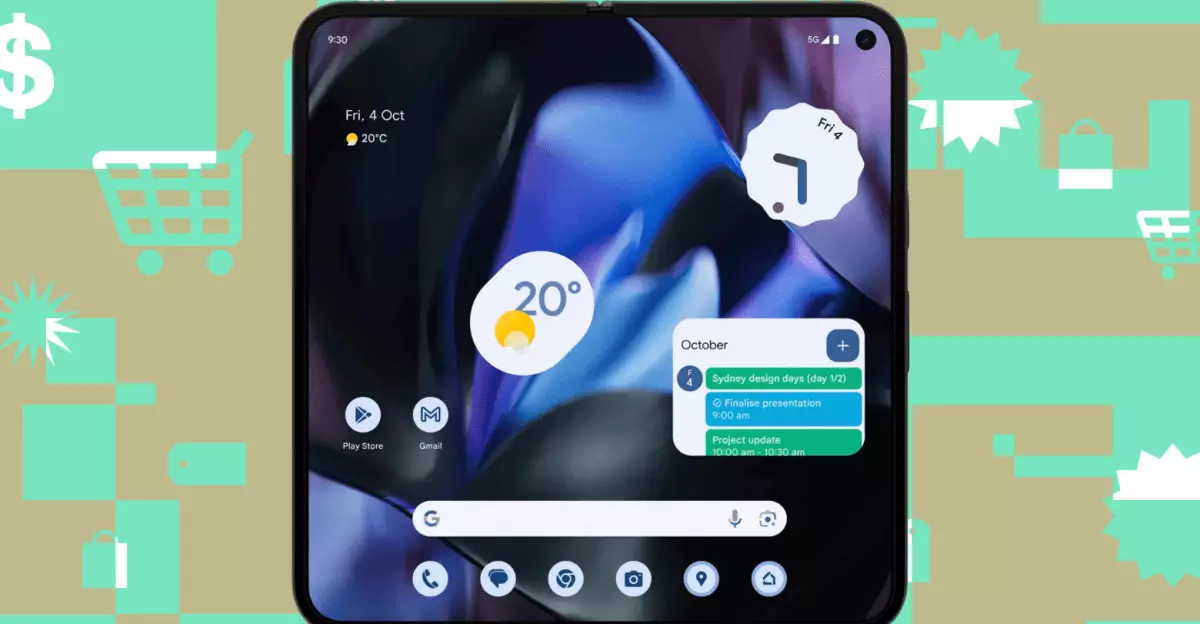In today’s fast-paced technological landscape, consumers are often bombarded with choices and fleeting deals that promise significant savings. Yet, not all discounts are created equal. Many offers mask underlying flaws or are tailored to tempt buyers into impulsive purchases rather than genuine value. As a critical thinker, I recognize the importance of scrutinizing these deals beyond the superficial number—assessing long-term benefits, product quality, and actual performance. This strategic approach unlocks the potential for meaningful upgrades at accessible prices, transforming ordinary purchases into impactful investments.
Take, for example, the Lenovo Legion Go S—a gaming handheld that, despite a recent $300 discount bringing its price to $499.99, remains plagued by certain shortcomings. While the hardware boasts components like a Ryzen Z2 Go chip, 32GB of RAM, and a 1TB SSD, reviews suggest it’s more a case of “looks good on paper” than a stellar gaming experience. Critics have pointed out that Lenovo’s Windows implementation feels clunky on a portable device, with performance issues and a steep Windows 11 learning curve. The device’s price, which was originally $730, is now more palatable, yet the question remains: Does a discount justify accepting an imperfect product? Not necessarily. True value lies in weighing what you gain versus what you sacrifice, and whether a device’s flaws overshadow its advantages.
Similarly, in the realm of mobile technology, the Pixel 9 Pro Fold underwent a considerable price slump from $1,799 to just over $1,199. While that price cut appears generous, it forces consumers to confront the reality that cheaper models often come with compromises—mainly in camera quality and low-light performance. The newer Pixel 10 Pro Fold promises to rectify these issues with added features like dustproofing (rumored to be IP68 rated), potentially transforming foldable phones into durable, practical devices. This ongoing evolution signifies that early foldables—although resourceful—fell short in durability and versatility, but technological maturation now offers tempting reasons to consider future-proof investments.
Reevaluating Value in Tech Purchases
The temptation to chase the latest gadgets often clouds judgment. Yet, the truth is that last-generation devices can offer tremendous savings without a total sacrifice of utility—if approached with a critical eye. For instance, refurbished Sonos speakers like the One SL now come at a reduced price of $119 (with a one-year warranty), offering audiophile-grade sound quality and seamless integration with smart home setups. Unlike their newer counterparts, these units lack microphones, but that trade-off may appeal to privacy-focused users or those seeking a premium audio experience at a fraction of retail cost.
This mindset extends to entertainment: savvy shoppers can expand their digital libraries affordably. The Gruv shopping platform, owned by Universal Pictures, offers popular 4K Blu-ray titles in a “3 for $30” sale. That’s a compelling proposition for cinephiles eager to build a physical collection without breaking the bank. In a climate where digital streaming dominates, the resurgence of physical media underscores a desire for tangible ownership and high-quality viewing experiences—proof that value isn’t solely dictated by the latest tech trend, but by how well a purchase aligns with long-term enjoyment.
Reflecting critically on these deals reveals a pattern: high discounts do not automatically equate to high value. Instead, discerning consumers must consider product longevity, functionality, and whether the hardware truly meets their needs. For instance, the Pixel Fold’s near-here improvements and upcoming successor suggest that waiting could be more advantageous than rushing to purchase last-gen models at reduced prices—unless, of course, the compromised features are acceptable for your specific use case.
Why Scrutinizing Deals Matters More Than Ever
In a consumer ecosystem inundated with “limited time offers” and “exclusive savings,” maintaining a skeptical view is essential. Advertisers often leverage psychological triggers, such as fear of missing out (FOMO), to persuade us into impulsive decisions. Critical evaluation becomes the antidote—ensuring that each dollar spent adds real value rather than fleeting status or superficial specs.
Moreover, what is ignored in typical deal discussions is the importance of product support, durability, and compatibility. For example, some Windows-based gaming handhelds have performance issues and limited software support, undermining their appeal despite tempting discounts. The same applies to the notion of “last-gen” tech—sometimes, waiting for the next iteration or a more refined model results in a more satisfying user experience that justifies the delay.
Investing time into research, understanding product limitations, and anticipating future updates enables consumers to turn a simple discounted purchase into a strategic move. It’s about matching the product’s strengths with your actual needs, avoiding pitfalls like early-stage device flaws or inferior capabilities that can lead to buyer’s remorse.
In a broader sense, this approach underscores an essential truth: genuine value in technology doesn’t solely rest in its price tag but in its ability to enhance your daily life with reliability, longevity, and meaningful innovation. Being critical of deals isn’t cynicism; it’s a commitment to becoming an empowered, savvy consumer capable of making choices that bring long-term satisfaction rather than momentary wins.

